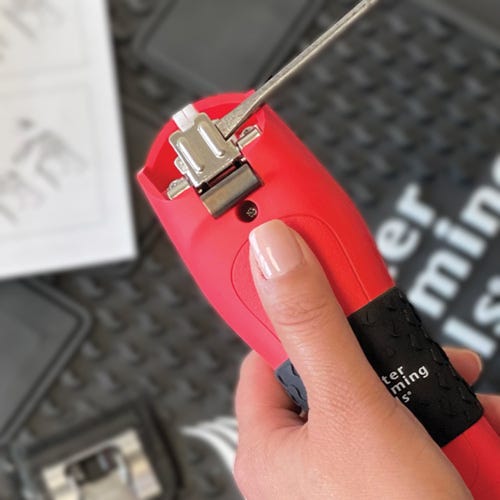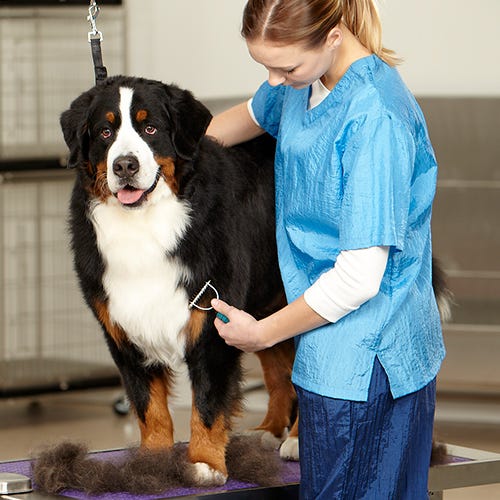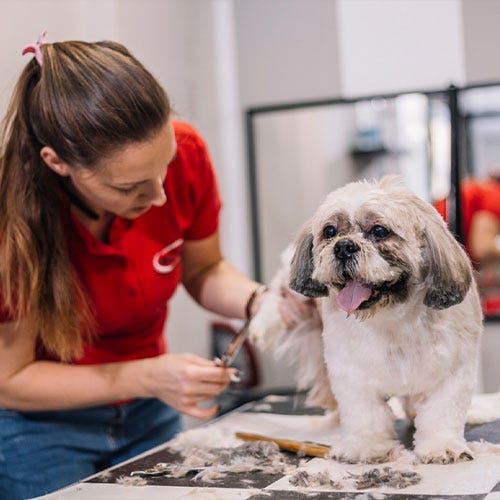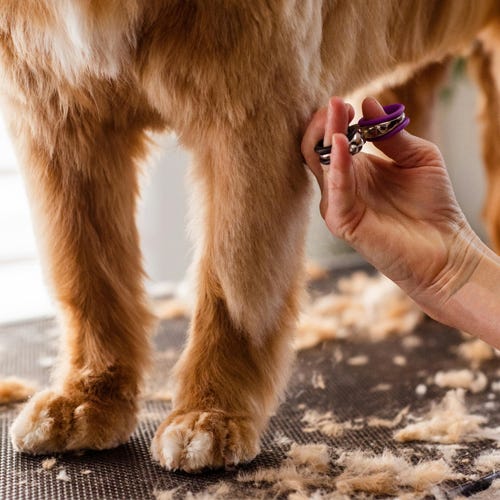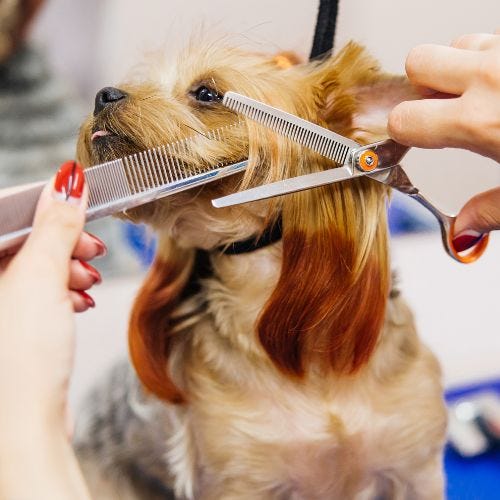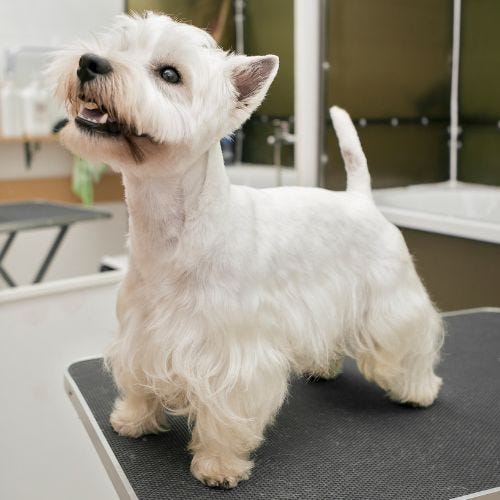Picture this; you get a pile of clipper blades sharpened and are delighted to groom the day's dogs with them. You picture how the freshly maintained blades will slide through the dog's coats smoothly and cleanly, making your work easier, and the results will look so fine. While a dog dances on your table, you unwrap the first blade and snap it onto your clipper, happily anticipating how well your work will go. Then, to your horror, you find that the blade barely cuts. It chews at the fur, but that image you had of your work being easier is out the window.
You think that perhaps there was a problem with just that blade and open another, only to discover that it barely cuts as well. One after another, you unwrap the blades you just plunked hard-earned money down to get sharpened, and none of them work well. Your blood pressure increases and the prospect of a smooth groom day goes down the drain. Did your sharpener have a bad day? Were they drinking on the job? A flood of questions and possibilities rushes through your mind as you scrabble around to find some blade that will pass through the coat of the dog on your table. You vow to call your sharpener and give them an earful as soon as possible.
Chances are that your problem has little to do with the blades you are struggling with. Most likely, you are dealing with a worn blade drive. What is a blade drive, anyway? Clippers that work with A-5 style blades have a part that engages with clipper blades when attached to the machine. The blade drive is a lever that moves back and forth. Clipper blades have two major sections. The bottom is called the “comb,” feeding the pet's hair to the top part, the cutting blade. The cutting blade moves back and forth under the power of the blade drive. Most blade drives are made of plastic. When you look at a brand-new blade drive, it has what looks like little shoulders at the tip. As the blade drive moves the cutter of the clipper blade thousands of times, the shoulders become worn down. Once worn, the drive can no longer carry the cutting blade to the full range that it should go to work correctly. The clipper blade, no matter how wonderfully sharpened, does not cut well when the cutting blade does not move as designed.
Depending on how many pets you groom daily and, believe it or not, how often you clean and oil your blades, you may find that you must replace the blade drive assembly quite often to maintain your clipper and keep your blades cutting as they should. It is advisable to keep several of these inexpensive replacement parts on hand and learn how to do this simple maintenance yourself.
By Daryl Conner, MPS, MCG
Daryl Conner has been devoted to making dogs and cats more comfortable and beautiful for almost 40 years. You can find her happily working at FairWinds Grooming Studio with her daughter and infant granddaughter, or typing away at her latest grooming-related article. Daryl was awarded both a Cardinal Crystal Award and Barkleigh Honors Award for journalism. She shares her meadow-hugged antique Maine farmhouse with her practically perfect husband and too many animals.


